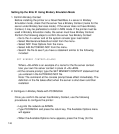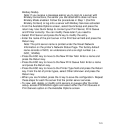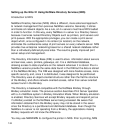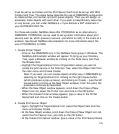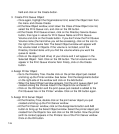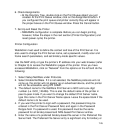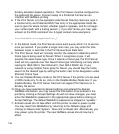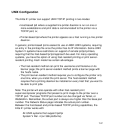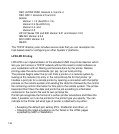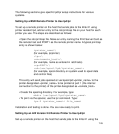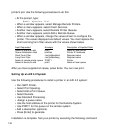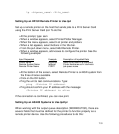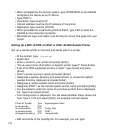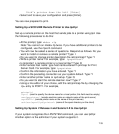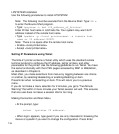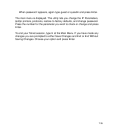
7-28
DEC ULTRIX RISC Versions 4.3 and 4.4
DEC OSF/1 Versions 2.0 and 3.0
Solaris:
Version 1.1.3 (SunOS 4.1.3),
Version 2.3 (SunOS 5.3),
Version 2.4, and
Version 2.5
HP-UX Series 700 and 800 Version 9.01 and Version 10.0
IBM AIX Version 3.2.5
SCO UNIX Version 3.2
AS400
The TCP/IP directory also includes source code that you can recompile into
host-based code for configuring on other System V platforms.
LPD/LPR Printing
LPD/LPR is an implementation of the standard UNIX line printer daemon which
lets you print across a TCP/IP network without the need to install software on
your workstation with all filtering and banners done by the printer. Remote
printing uses the same commands (lpr, lpq, lpc) as local printing.
The process begins when the lpr call finds a printer on a remote system by
looking at the remote (rm) entry in the /etc/printcap file for that printer. lpr
handles a print job for a remote printer by opening a connection with the lpd/lpr
process on the remote system and sending the data file (followed by the control
file containing control information for this job) to the remote system. The printer-
based lpd then filters the data and prints the job according to information
contained in the control file and its own printcap file.
Printer lpd recognizes the format of a certain printer emulations and filters the
data, if possible, so it can be printed on the printer type you specify. You can
indicate to the Printer lpd what type of printer is attached to by either:
• Accepting the default port setting (PCL, PostScript and other), or
• Changing the listed emulations via the Telnet or the HTML pages
accessed by MAP or WebAdmin.



